Two sheeps, studies
Black chalk on paper
9 x 17 cm
Framed 33 x 38 cm
Charles Emile Jacque was born in 1813 in Paris.
He was part of the first generation of painters to leave Paris for Barbizon and the forest of Fontainebleau.
Charles Jacque was also a founding and influential member of the “Men of 1830” (also called l’Ecole francaise du paysage), an artistic movement who, spurred on by the Revolution of 1830, sought out new directions in landscape painting. His strong, realistic, yet sensitive depictions of shepherds and their flocks form one of the most cohesive and important bodies of work produced by the movement.
During the 1840s, he and his friend, Jean-Francois Millet moved to the village of Barbizon where they felt they could more realistically portray nature. Jacque bought a house there and, influenced by Narcisse Diaz’s technique and Francisque Millet’s themes, he found his inspiration in hen-houses, pigsties and flocks of sheep at pasture.. He left Barbizon in 1854 and continued to paint in the outskirts of Paris until he died on May 7, 1894.
Works by his hand are held by numerous museums such as
Baltimore Museum of Art, Isabella Stewart Gardner Museum, in Boston, Cincinnati Museum of Fine Art, Edinburgh, National Gallery of Scotland, Glasgow Museum of Art, Kansas City, Minneapolis Institute of Arts, Metropolitan Museum of Artin New York, Ashmolean Museum, Oxford University, Philadelphia Museum of Art and of course at the Musée du Louvre and Musée d’Orsay in Paris
















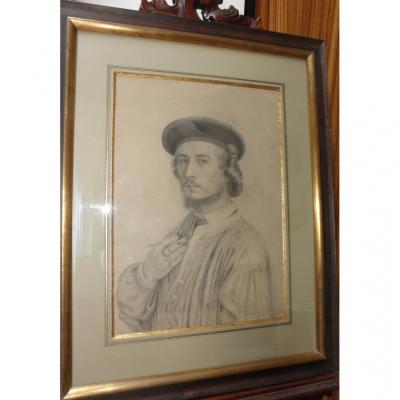
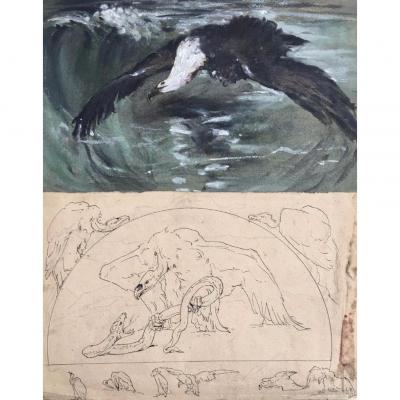
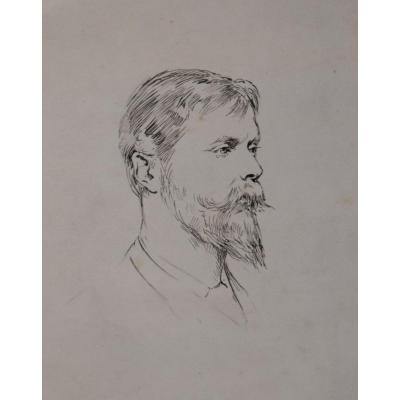


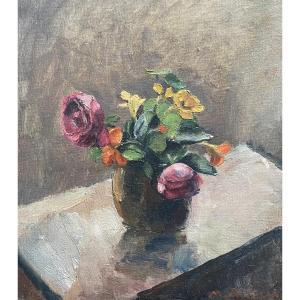


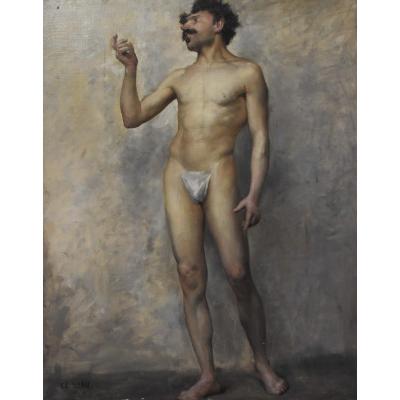






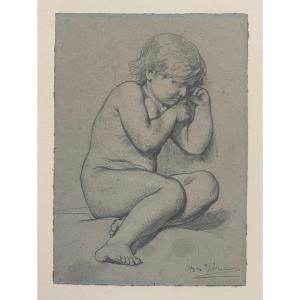
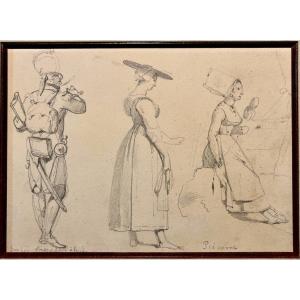



 Le Magazine de PROANTIC
Le Magazine de PROANTIC TRÉSORS Magazine
TRÉSORS Magazine Rivista Artiquariato
Rivista Artiquariato